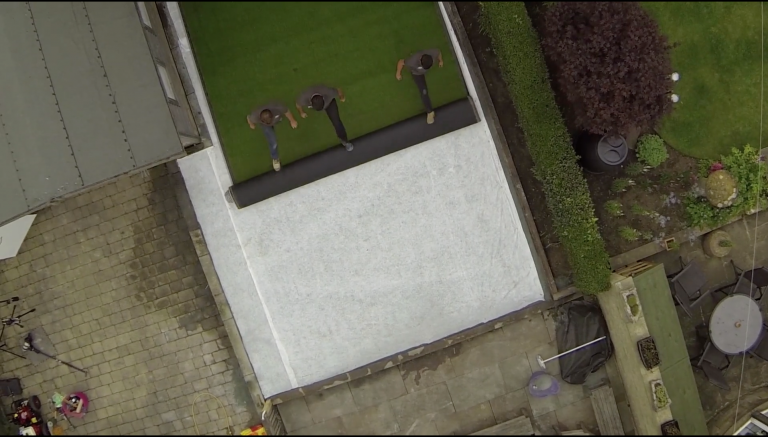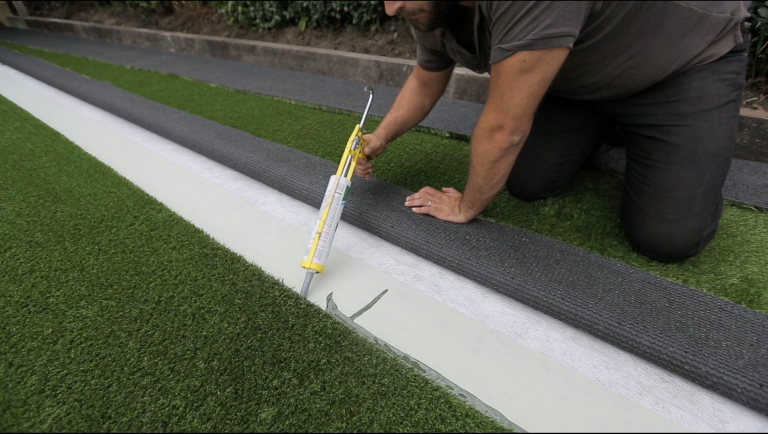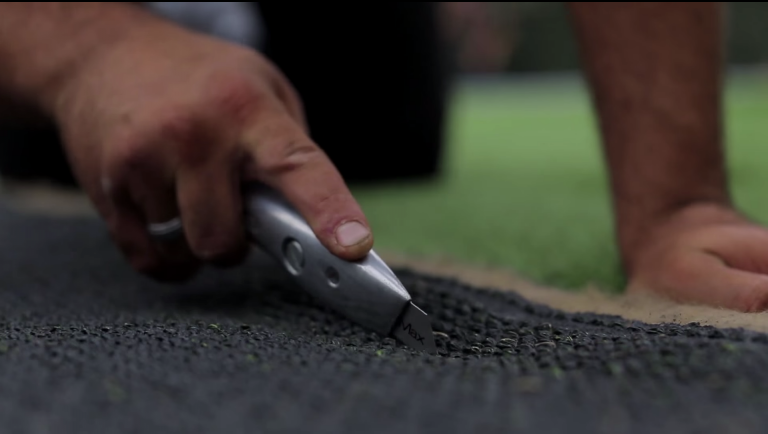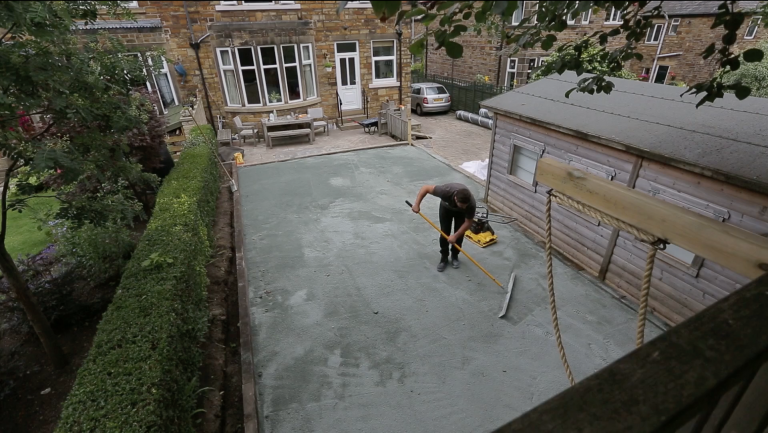We all enjoy the look of a luscious green lawn but despite best efforts, nature can fight against you. Lawns can be laborious and tricky to maintain and more and more people are looking for quality alternatives to grass.
People want an outside space they can enjoy all year round but they don’t want to mow, water or feed it. It all points towards one thing – Artificial Grass.




